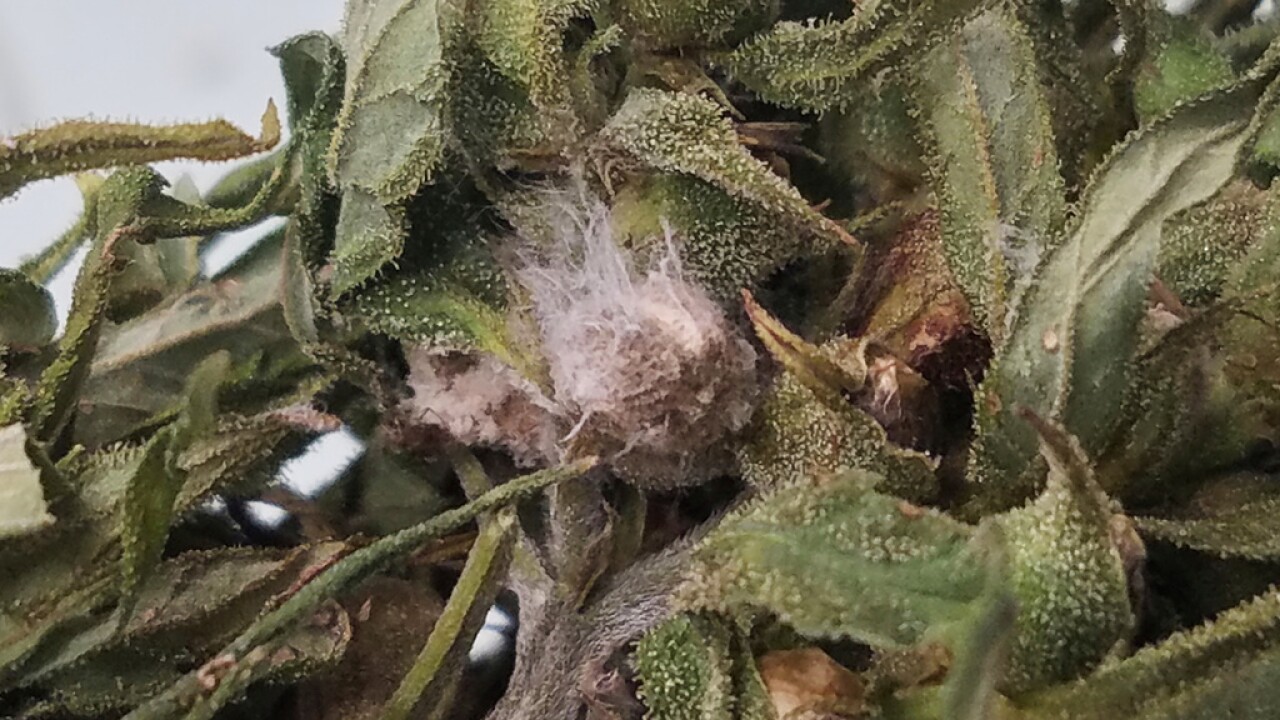
Fusarium graminearum is a fungus that wreaks havoc on crops, especially wheat, barley, and corn. This pesky pathogen causes Fusarium head blight (FHB), a disease that can devastate yields and quality. Fusarium graminearum thrives in warm, humid conditions, making it a significant concern for farmers worldwide. It produces mycotoxins, like deoxynivalenol (DON), which are harmful to both humans and animals. Understanding this fungus is crucial for developing effective management strategies. From its life cycle to its impact on agriculture, here are 20 facts that will help you grasp the importance of combating Fusarium graminearum.
What is Fusarium Graminearum?
Fusarium graminearum is a fungal pathogen that primarily affects cereal crops. This fungus is notorious for causing significant agricultural damage and economic losses. Let's delve into some fascinating facts about this troublesome organism.
-
Fusarium graminearum primarily infects wheat, barley, and maize, leading to diseases like Fusarium head blight (FHB) and Gibberella ear rot.
-
This fungus produces mycotoxins, such as deoxynivalenol (DON), which can contaminate food and feed, posing health risks to humans and animals.
-
Fusarium graminearum thrives in warm, humid conditions, making certain regions more susceptible to outbreaks.
-
The fungus can overwinter in crop residues, allowing it to persist in fields and infect subsequent crops.
-
Crop rotation and residue management are effective strategies to reduce Fusarium graminearum infection rates.
The Impact on Agriculture
The presence of Fusarium graminearum in fields can have devastating effects on crop yields and quality. Here are some key points to consider:
-
Fusarium head blight can cause significant yield losses, sometimes reducing wheat production by up to 50%.
-
Infected grains often have reduced quality, leading to lower market prices and economic losses for farmers.
-
The presence of mycotoxins in grains can lead to rejection of entire shipments, further impacting farmers' incomes.
-
Fusarium graminearum can also affect seed germination and seedling vigor, leading to poor crop establishment.
-
Integrated pest management (IPM) practices, including the use of resistant varieties and fungicides, can help manage Fusarium graminearum.
Mycotoxins and Health Risks
Mycotoxins produced by Fusarium graminearum are a major concern for food safety. Let's explore some important facts about these toxins:
-
Deoxynivalenol (DON), also known as vomitoxin, can cause nausea, vomiting, and diarrhea in humans and animals.
-
Chronic exposure to DON can lead to immunosuppression and other long-term health issues.
-
Mycotoxins can accumulate in animal tissues, leading to potential exposure through meat and dairy products.
-
Regulatory agencies set maximum allowable levels of mycotoxins in food and feed to protect public health.
-
Regular monitoring and testing of grains for mycotoxins are essential to ensure food safety.
Research and Management Strategies
Ongoing research aims to better understand Fusarium graminearum and develop effective management strategies. Here are some noteworthy points:
-
Scientists are studying the genetic diversity of Fusarium graminearum to identify strains with higher virulence and toxin production.
-
Advances in molecular biology techniques are helping researchers develop more accurate and rapid diagnostic tools for detecting Fusarium graminearum.
-
Breeding programs are focused on developing crop varieties with enhanced resistance to Fusarium graminearum.
-
Biological control agents, such as beneficial fungi and bacteria, are being explored as potential tools to combat Fusarium graminearum.
-
Public awareness and education campaigns are crucial to inform farmers about best practices for managing Fusarium graminearum and reducing its impact on agriculture.
Final Thoughts on Fusarium Graminearum
Fusarium graminearum is a fascinating yet dangerous fungus. It impacts crops like wheat, barley, and corn, causing significant agricultural losses. Farmers and scientists are working hard to manage its spread and minimize damage. Understanding its life cycle and environmental preferences helps in developing effective control strategies.
This fungus produces harmful mycotoxins, which can affect human and animal health. Proper storage and handling of grains are crucial to prevent contamination. Research continues to find resistant crop varieties and better fungicides.
Awareness and education about Fusarium graminearum are essential for farmers and consumers alike. By staying informed and adopting best practices, we can reduce its impact on our food supply. Keep these facts in mind next time you think about the challenges faced in agriculture. Knowledge is power in the fight against this persistent pathogen.
Was this page helpful?
Our commitment to delivering trustworthy and engaging content is at the heart of what we do. Each fact on our site is contributed by real users like you, bringing a wealth of diverse insights and information. To ensure the highest standards of accuracy and reliability, our dedicated editors meticulously review each submission. This process guarantees that the facts we share are not only fascinating but also credible. Trust in our commitment to quality and authenticity as you explore and learn with us.
